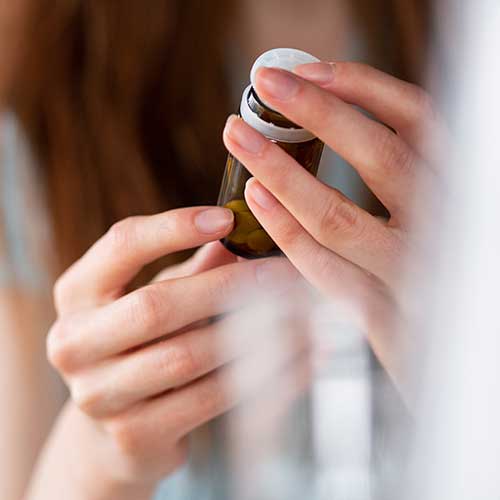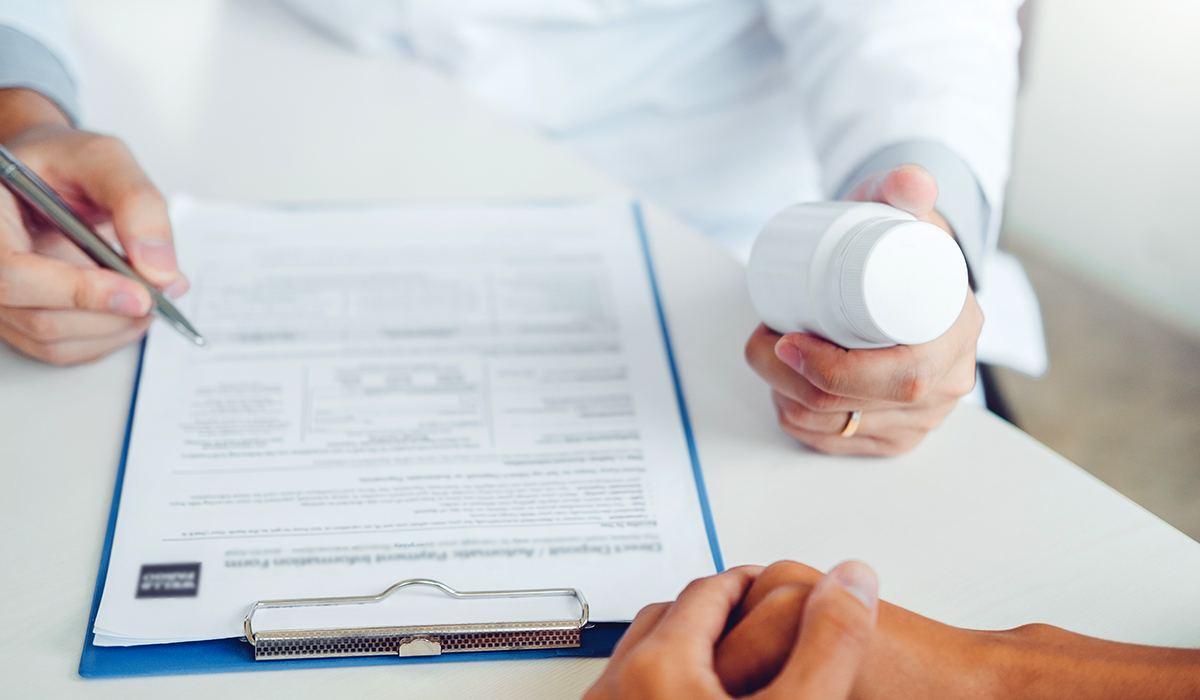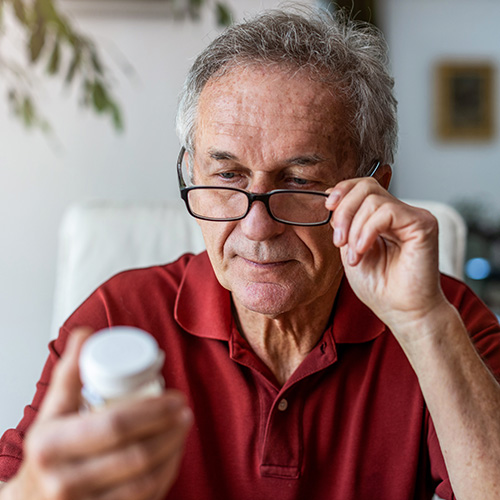July 2024
Antibiotics are medications that have dramatically improved human health by fighting bacterial infections. It’s estimated that the use of antibiotics has added about 23 years to the life expectancy of people today.
Although antibiotics are beneficial and can even be lifesaving, their use isn’t always problem-free. One of the biggest problems is that bacteria can become resistant to the medications that were once able to kill them. This is known as antibiotic resistance. Antibiotic-resistant bacteria are harder to treat and therefore more likely to spread before the infection is under control.
One of the biggest ways bacteria can become resistant to antibiotics is when people fail to take antibiotics as prescribed. Improper prescribing (e.g., using antibiotics to treat a virus) also contributes to the problem.
How to prevent antibiotic resistance
Sometimes people stop taking antibiotics because they feel better and assume they don’t need to finish the prescription or because they’re experiencing uncomfortable side effects.
Either way, if you fail to take the entire prescription, you risk fostering antibiotic resistance. That’s because the bacteria that were most susceptible to the antibiotic will have been killed, while those that were less susceptible will still remain. Once you stop taking the antibiotic, the remaining “stronger” bacteria will start to reproduce.
To prevent antibiotic resistance, take the entire prescription your doctor gave you, even if you feel better. If you’re experiencing antibiotic side effects, contact your doctor for guidance. If your side effects are more serious (e.g., hives or anaphylaxis), your doctor can address those side effects and prescribe a different antibiotic.



